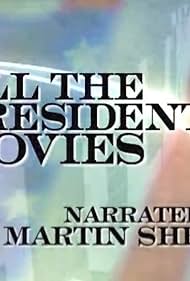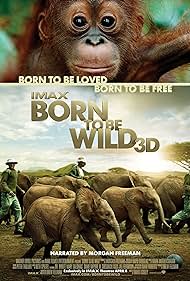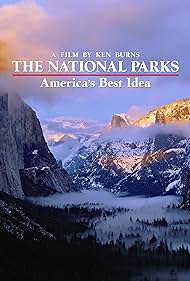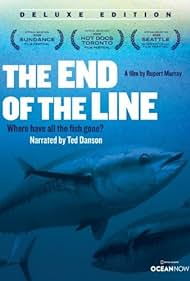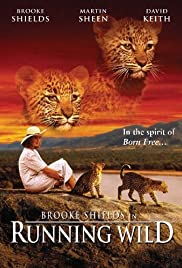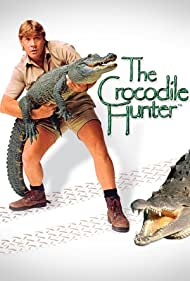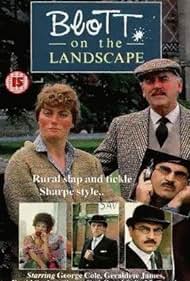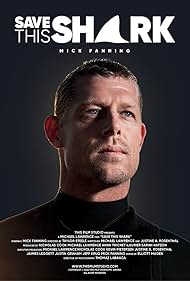The Greatest Good Soundtrack (2005)

Buy on Amazon Play and download Soundtracks
The Greatest Good
The Greatest Good
The Greatest Good
The Greatest Good
The Greatest Good
The Greatest Good
Synopsis
Part One: The Fight for Conservation In an era of unchecked exploitation, a new breed of leaders emerges with radical ideas about adopting practices that benefit the greatest portion of the population.
Part Two: Building the System In its early decades, the U.S. Forest Service had to invent the tools and policies needed to manage public lands. Natural and social disasters including catastrophic fires and the Great Depression had a powerful influence on the young agency.
Part Three: Boom! World War II transformed the nation, as well as the U.S. Forest Service. The agency shifted from a stewardship role, caring for the land, to the role of production, fulfilling postwar demands. This was the time when the multiple use concept was put into action, and also the time when conflicts began to develop among competing interests.
Part Four: The Greatest Good? With a more outspoken public and increased environmental activism challenging the interests of logging and ranching communities, the Forest Service found it difficult to determine the greatest good. A new scientific understanding of ecosystems helped form a vision for public land management that continues to evolve and guide the U.S. Forest Service.

